Taking an environmentally sensitive approach to pest management
Cone-Bearing Plants of Many Shapes, Sizes, and Species
Published: December 12, 2018
Table 1 Length of mature female cones produced by selected plants.
| Plant | Cone length (inches) |
| Pines | |
| Austrian pine Eastern white pine Japanese red pine Limber pine Scotch pine Sugar pine |
2 to 4 3 to 6 1.5 to 2.5 3 to 6 1.5 to 3 10 to 25 |
| Spruce | |
| Colorado Norway White |
2 to 5 4 to 7.5 1.5 to 2.8 |
| Firs | |
| Balsam Frasier Noble White |
2 to 4 1.5 to 2.5 4.5 to 10 3 to 6 |
| Hemlock | |
| Eastern Western |
0.5 to 1 0.5 to 1 |
| Other | |
| Bald cypress Dawn redwood Douglas fir Eastern red cedar European alder Giant sequoia Japanese larch Redwood |
0.5 to 1.5 0.75 to 1 2 to 4 0.1 to 0.3 0.3 to 0.7 1.5 to 2.8 0.8 to 1.5 0.5 to 1.5 |
During the holiday season, pine cones are often used in decorations. Although those from conifers are common, other plants also produce cones or cone-like structures as part of their reproductive process (Table 1). In pines, pollen is produced in staminate (male) cones, which is wind-blown to young female cones. After fertilization, scales develop on the cone. Generally, two seeds develop on the upper surfaces of each scale of the female cone. The cone and a resin coating on its outer surface protects the naked seeds on conifers from erratic climatic conditions and herbivory. Some cones open and close multiple times while still attached to branches of the tree. When cones turn from green to a darker color, they open and seeds are released from their scales. Conifer seeds are a food source for birds and squirrels.
True pine cones are abundant as there are about 115 different species that are native to most temperate and subtropical regions of the world. Most pines produce small male cones (0.4 to 2 inches-long) in the spring, but after their pollen is shed, they soon drop. Fertilization occurs a year later with female cones maturing 1.5 to 3 years after pollination. The sugar pine (Pinus lambertiana) produces the longest seed cone (up to 25 inches) of any conifers and is the tallest of the pines, reaching 269 feet. Champion sugar pine trees can be found in Yosemite National Park and Umpqua or Siskyou National Forests. Closer to Missouri, Scotch pine (P. sylvestris) seed cones are usually up to 3 inches long and may be found on trees sold as Christmas trees. Other cone-bearing species, such as Eastern white pine (P. strobus), limber pine (P. flexilis), and Japanese red pine (P. densiflora), are recommended for planting in Missouri. Because Austrian pine (P. nigra) is susceptible to Diplodia tip blight and Scotch pine often suffers from pine wilt fungus and nematodes, these trees are not recommended for planting.
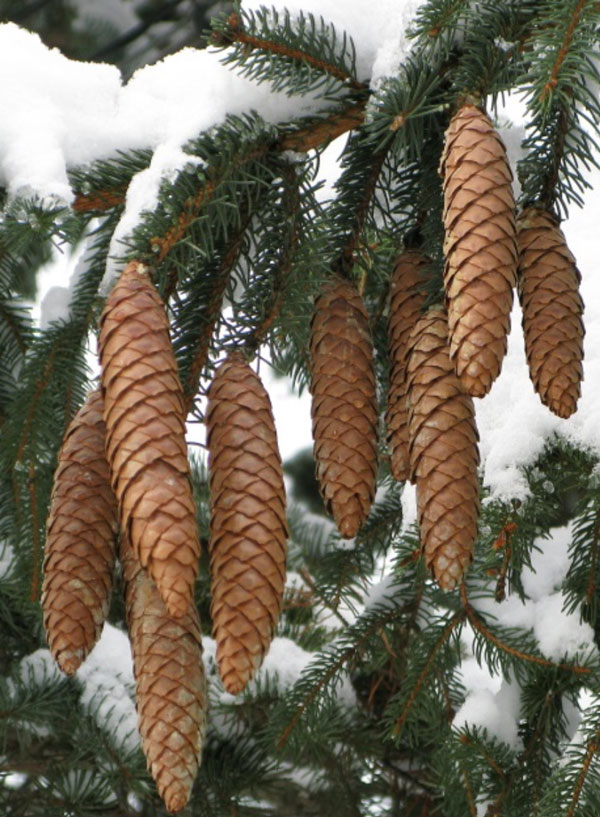
Figure 1 Female cones at branch tips of a Norway spruce tree.
Among the spruce (Picea) species, Norway spruce (P. abies) produces the longest cones (Figure 1). Even when young, Norway spruce trees produce cones. These trees are fast-growing (up to 3 feet per year for the first 25 years) when planted in deep, well drained soils, with good moisture. Branches are pendulous and will produce mature female cones 5 to 7 months after pollination. The slow-growing, Colorado spruce (P. pungens) typically doesn't bear seed cones until they are around 20 years-old. Colorado spruce cones are produced in the upper part of the tree and are smaller than those of Norway spruce. Several Colorado spruce cultivars are available with blue-colored needles. White spruce (P. glauca) bears pendulous cones about 1 to 2.5 inches-long at maturity. The scales of white spruce seed cones are thin, flexible, and have a rounded margin.
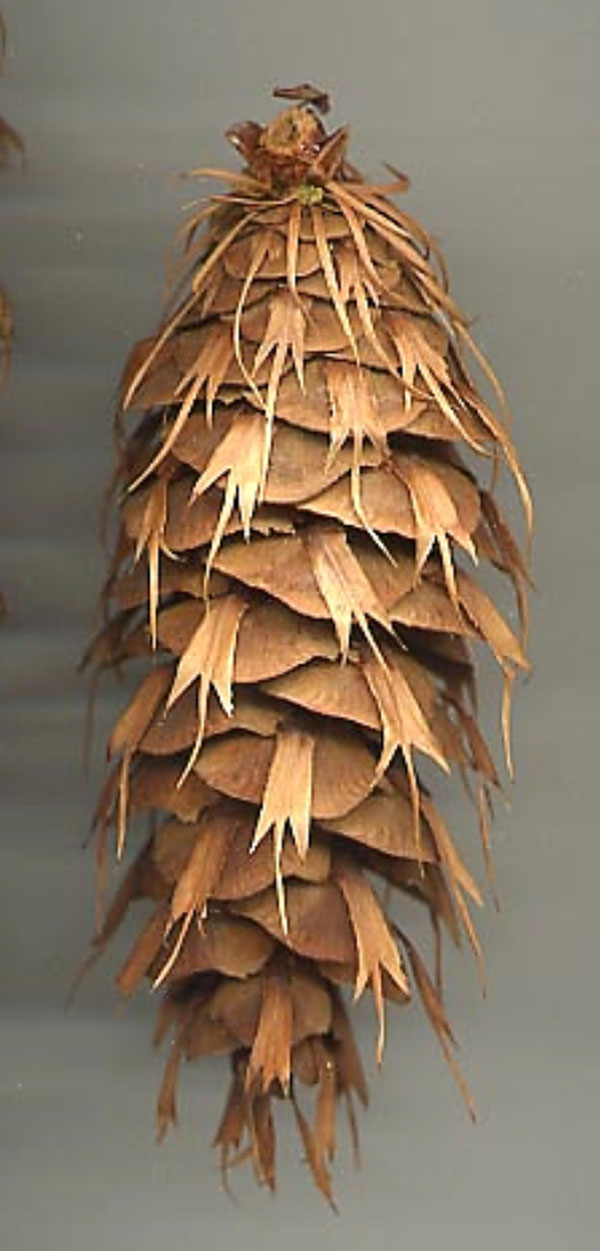
Figure 2 A Douglas-fir seed cone with two types of bracts.
The cones of fir trees (Abies sp.) vary widely among species. Seed cones of fir trees can range from very small (1.5 inches-long) on Frasier fir (A. fraseri) to large (10 inches-long) on noble fir (A. procera). White fir (A. concolor) produces cylindrical female cones, up to 4.8 inches-long, on branches with soft needles. White fir is recommended for planting in Missouri, and is often sold at cut-your-own Christmas tree farms. Cone-bearing species, such as Balsam fir (A. balsamea), Frasier fir, noble fir, and white fir (A. concolor) are often already cut and sold at Christmas tree lots. Douglas-fir (Pseudotsuga menziesii) is not a true fir, but produces one of the most interesting cones. Mature cones have broad rounded scales separated by another elongated bract with three projections of varying lengths (Figure 2).
Eastern (Canadian) hemlock (Tsuga canadensis) is a conifer that produces a small cone, ranging from 0.5 to 1 inch-long. This hemlock was once recommended for planting due to its fine texture, graceful growth habit, and its reliability in the landscape. However, infestations of the Asian hemlock woolly adelgid have become severe in some parts of the eastern United States, causing tree mortality. Western hemlock (T. heterophylla), found on the Washington and Oregon coastal areas, has similar cones similar to those of the eastern species and is valued for timber and pulpwood.
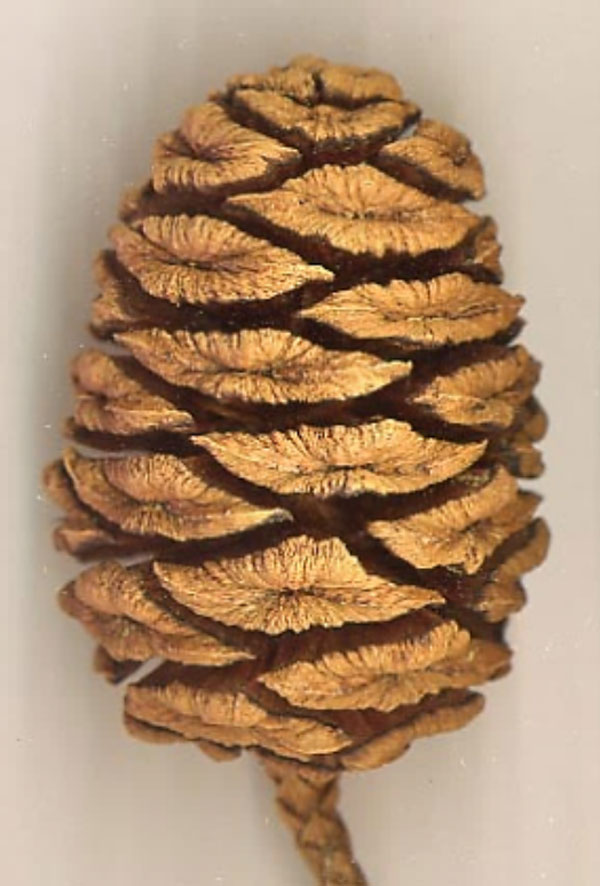
Figure 3 A small seed cone (two-inches-long) from a giant sequoia tree.
Although Redwoods (Sequoia sempervirens) are towering evergreen trees (up to 321 feet tall) found in the Pacific coastal region, their cones are miniscule by comparison (0.5 to 1.5 inches-long). Likewise, giant sequoia or giant redwood (Sequoiadendron giganteum) grow to over 300 feet in the Sierra Nevada Mountains of California and can produce over 11,000 small cones on a large tree at a time, dispersing up to 400,000 seeds per year (Figure 3).
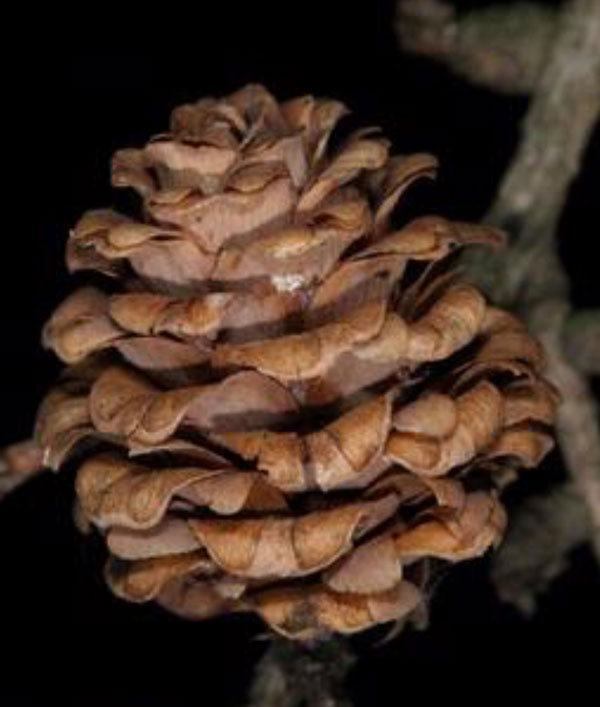
Figure 4 A female Japanese larch cone with reflexed scales.
Deciduous trees also produce cones. For example, dawn redwood (Metasequoia glyptostroboides) is a large conifer, ranging from 70 to 100 feet-tall, that that bears solitary, small cones and sheds it reddish-brown leaves in the fall. The Missouri Botanical Garden has more than 20 of these stately trees that were planted as seedlings in 1952. Larch is another type of deciduous conifer. Although found mostly in the northern United States, Japanese larch (Larix kaempferi) trees produce small cones with scales that are reflexed at maturity (Figure 4). Cones mature in October, but persist on the tree until seeds are dispersed. Bald cypress (Taxodium distichum) is acone-bearing, deciduous tree commonly planted in Missouri. Although these are beautiful trees with sage green foliage in summer, their round cones are less remarkable with compressed scales that open slightly at maturity. European or black alder (Alnus glutinosa) trees produce strobili, which are small cone-like structures. Strobili develop in the spring on branched stems (peduncles) and mature in the fall, but persist on the deciduous tree throughout winter.
Unlike other trees that bear woody cones, junipers produce female cones resembling berries and are used as a culinary spice or for flavoring in gin. Eastern red cedar (Juniperus virginiana), which is native to Missouri, is actually a juniper. Female trees produce small round cones, about a quarter inch in diameter that are dark blue with a waxy appearance. These cones are an important food source for birds (cedar waxwings, bluebirds, turkey) and several mammals during winter. Male cones are produced on separate trees at the tips of branches and are oval, about 0.1 inch-long. Some Eastern red cedars growing on Ozark bluffs in Missouri are over 1,000 years-old.
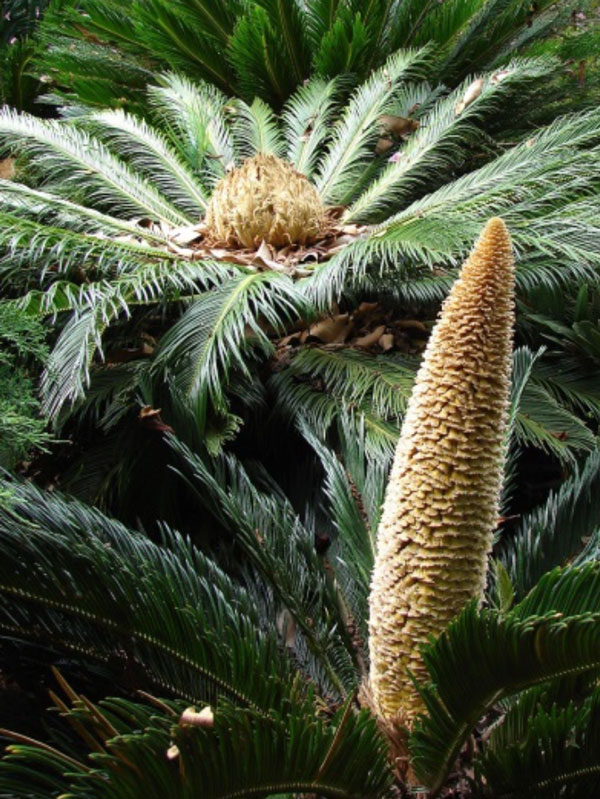
Figure 5 The rounded female cone and the elongated male cone on sago palm plants.
Plants that grow in subtropical and tropical regions, such as the cycads, produce showy cones. All cycads are dioecious, with seed cones on separate female plants, measuring more than 30 inches- long. The sago palm (Cycas revoluta) is perhaps one of the best known cycads. Unlike others, the sago palm male cone is more striking than female cone (Figure 5). Other cycads with spectacular cones include giant dioon (Dioon spinulosum), Kozi cycad (Encephalartos ferox), chigua (Zamia roezlii), Micholitz's cycad (Cycas micholitzii), which are housed indoors in the Climatron at the Missouri Botanical Gardens. Because cycads are endangered species, these plants are best viewed at public gardens. Fairchild Tropical Botanic Garden in Florida has a large collection, including more than 700 cycads.
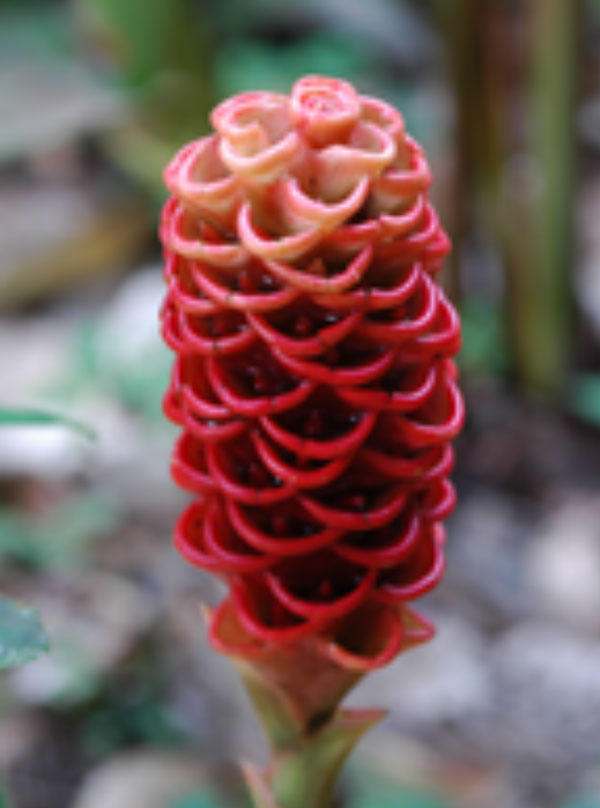
Figure 6 A red strobilus on a beehive ginger plant.
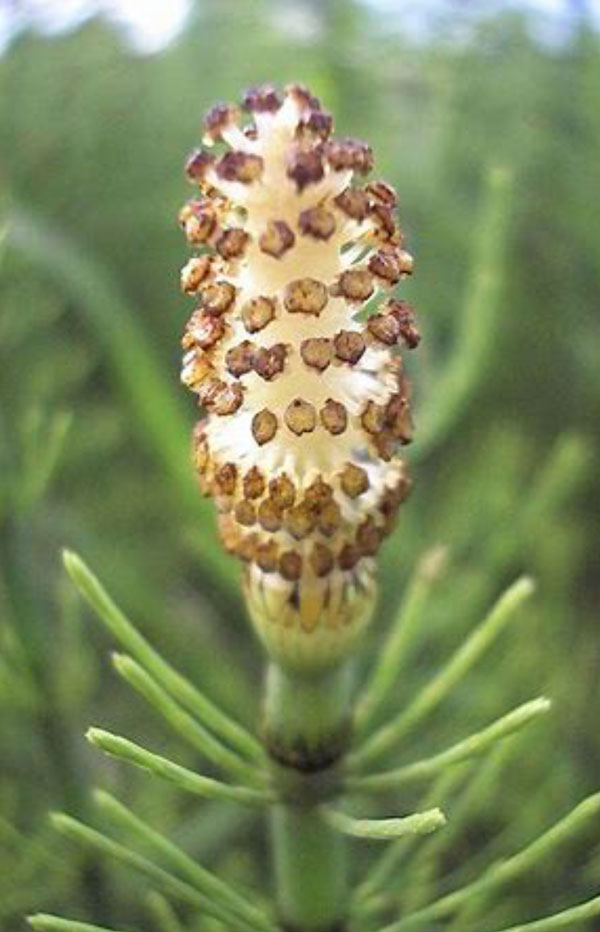
Figure 7 A strobilus on a field horsetail plant.
Other interesting plants produce strobili, such as hop (Humulus lupulus) vines. Female hop plants produce papery cones used for brewing beer. Ornamental beehive ginger (Zingiber spectabile), pinecone ginger (Z. zerumbet), and jewel pagoda (Z. neglectum) develop colorful strobili (Figure 6). Club mosses, in the genera Lycopodium (ground pines), Selaginella, and Phylloglossum are primitive herbaceous plants that produce strobili. Other types of primitive herbaceous plants that produce stroibili are the horsetails. Field horsetail (Equisetum arvense) and scouringrush (E. hyemale) are common perennial weeds found in wet soils (Figure 7).
While these are just a few of the cone-bearing plants, there are many others. So no matter what time of year, you can find plants that bear fascinating cones!
Subscribe to receive similar articles sent directly to your inbox!
REVISED: February 21, 2017